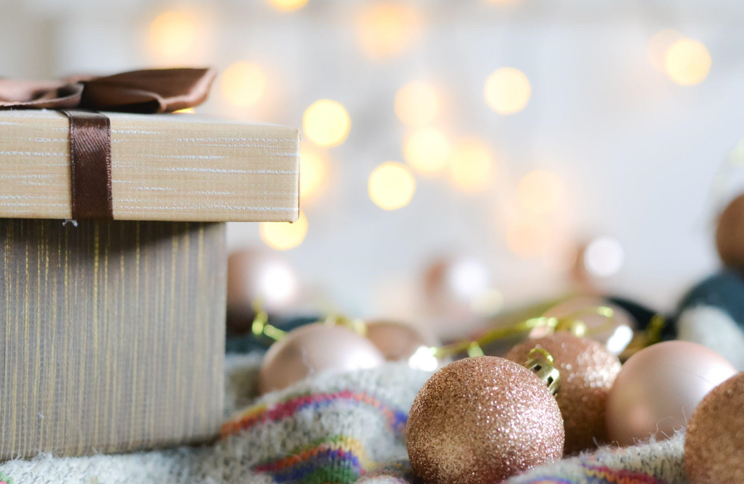The Ancient Origins of Christmas Ornaments
Christmas ornaments have a fascinating history dating back to ancient civilizations. The Egyptians, for example, decorated their homes with green palm branches during the winter solstice. The Romans followed suit with wreaths made from evergreen plants, symbolizing everlasting life.
Hanging ornaments on trees is believed to have originated in Germany during the 16th century. Germans used to hang apples, nuts, and other small gifts on evergreen trees as a symbol of the paradise tree in the Garden of Eden. The tradition spread to other parts of Europe, with different regions adding their unique twists.
In the United States, Christmas ornaments became popular in the 1800s when German immigrants brought their traditions. The first American-made Christmas ornaments were simple glass balls decorated with tinsel and ribbons.
The Evolution of Christmas Ornaments
The first Christmas ornaments appeared in the 1850s, produced by German companies such as Lauscha and Kugel. These ornaments were made of glass and hand-painted with intricate designs.
As the popularity of Christmas ornaments grew, so did their variety. Ornaments depicting different animals, characters, and professions became popular during the early 1900s. Electrically illuminated decorations, known as Christmas lights, also became widely used in the early 20th century.
During the 1950s and 1960s, plastics became the material of choice for Christmas ornaments due to their affordability and durability. However, aluminum foil and other metallic materials created reflective and shiny ornaments.
Today, Christmas ornaments come in various shapes, sizes, and materials. Glass, plastic, and metal remain popular, but ornaments made from wood, fabric, and recycled materials are becoming more common. Personalized ornaments featuring names and photos are also popular gifts during the holiday season.
The Cultural Significance of Christmas Ornaments
Christmas ornaments hold cultural significance for people around the world. In Christian traditions, the ornaments symbolize the birth of Jesus Christ and the holiday season that celebrates his arrival. In other cultures, the ornaments represent the winter solstice, the changing seasons, and the coming of a new year.
Regardless of their specific meaning, Christmas ornaments are cherished by families for their sentimental value. Each ornament on a family’s tree represents a memory, a tradition, or a milestone in their lives. From a child’s homemade ornament to a family heirloom passed down through generations, each ornament tells a unique story.
In conclusion, the history of Christmas ornaments is rich and fascinating and has evolved. Today, they are a vital part of holiday celebrations worldwide, bringing joy, nostalgia, and a sense of tradition to every household. Whether you prefer classic glass ornaments or modern decorations made from unexpected materials, there’s no denying the warmth and magic that a tree full of ornaments can bring to any home during the holiday season.

